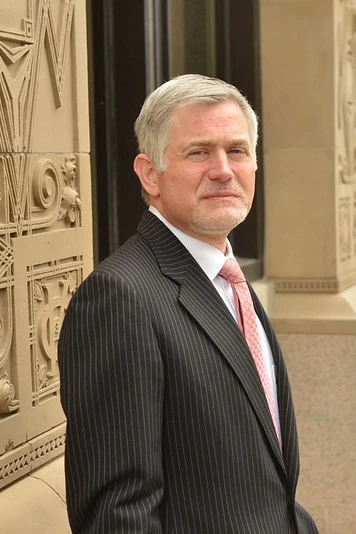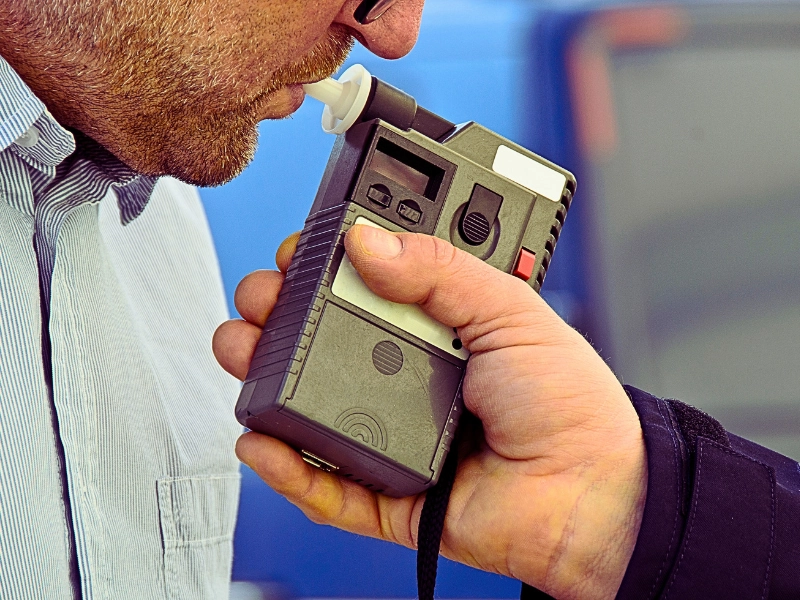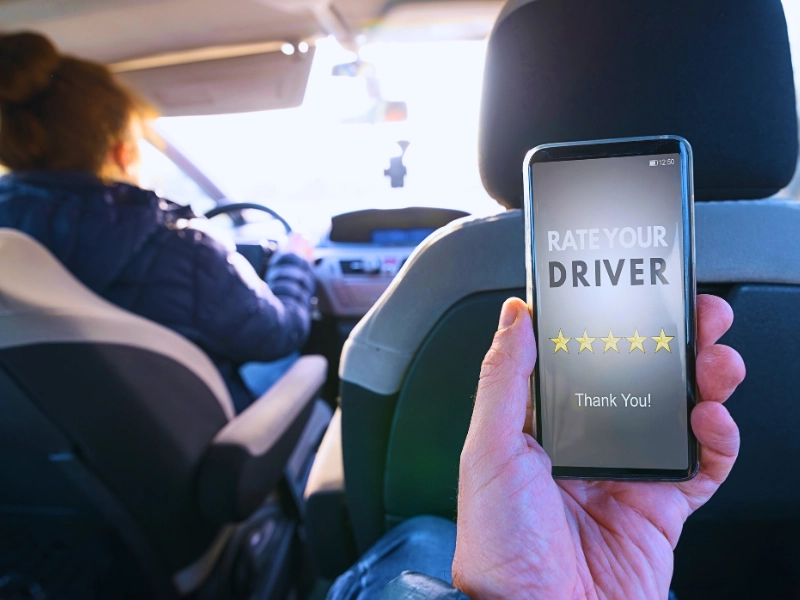Synthetic drugs, also known as designer drugs, are chemically created and designed to mimic the effects of other well-known substances. Since they are typically created in clandestine labs, however, and the manufacturing processes and ingredient are not regulated, they can be some of the most dangerous drugs in the world.
Despite the fact that many of these drugs can cause psychotic episodes, paranoia, aggression, and even suicidal or homicidal tendencies, synthetic drug use is increasing. Although extensive efforts have been made to combat the invasion of these drugs throughout the United States and many other countries, these synthetics are often so addictive that people continue to use them despite the damage they cause. In a 2016 poll, more than 95 percent of emergency room physicians reported that the number of individuals that they had treated for the effects of synthetics had either remained the same or increased between 2014 and 2015. Almost 90 percent said they had seen a variety of violent acts associated with the use of synthetic drugs.
On This Page
Types of Synthetic Drugs
As the war against synthetic drugs rages on, new- and sometimes even more dangerous versions are being introduced into communities all over the world. There are currently more than 200 synthetic drug compounds that have been identified, and over 90 synthetic marijuana compounds. Some of the more common synthetic drug compounds include:
- Synthetic Marijuana: Also known as K2, Spice, and other names, synthetic marijuana compounds are designed to produce many of the same effects as regular marijuana. Instead, users report that the effects are often much stronger and have a faster onset. These compounds have reportedly caused numerous physical health conditions as well as psychological problems. Recent studies indicate that about 11 percent of high school students have used K2 or Spice in the last year.
- Synthetic Cathinones: More commonly referred to as “bath salts”, these drugs are actually designed to mimic the effects of methamphetamine or cocaine. Not to be confused with the bath salt products people use for bathing, people typically use these drugs by snorting, swallowing, injecting, or smoking the crystal-like powder. In addition to strokes and heart attacks, synthetic cathinones can cause psychosis and violent behavior that can lead to suicide and criminal charges like assault or murder.
- Synthetic LSD: Known as “n-Bomb” or “Smiles”, these drugs cause hallucinations and paranoia similar to LSD. Their use has caused fatalities in recent years.






